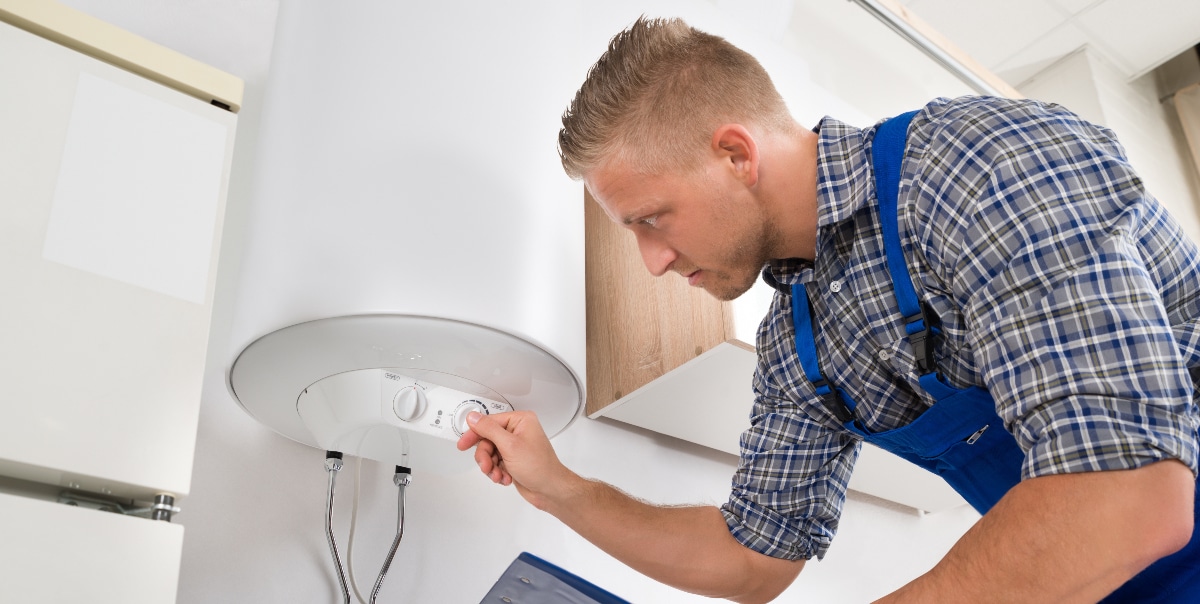Useful Techniques for Maintaining Your Home's Hot Water System
Useful Techniques for Maintaining Your Home's Hot Water System
Blog Article
On this page underneath you might get a lot of great news involving Water Heater Maintenance Tips You Can't Afford to Forget.

Hot water is necessary for everyday convenience, whether it's for a rejuvenating shower or cleaning dishes. To guarantee your warm water system runs efficiently and lasts much longer, regular upkeep is key. This short article gives useful ideas and insights on exactly how to keep your home's hot water system to prevent disturbances and costly repair services.
Intro
Maintaining your home's hot water system may appear difficult, but with a few straightforward steps, you can guarantee it runs efficiently for several years to come. This guide covers whatever from recognizing your hot water system to DIY maintenance ideas and recognizing when to hire specialist help.
Significance of Maintaining Your Hot Water System
Regular maintenance not only prolongs the life expectancy of your warm water system yet likewise ensures it operates effectively. Ignoring upkeep can bring about lowered performance, greater power costs, and also early failing of the system.
Indicators Your Warm Water System Requirements Maintenance
Knowing when your hot water system needs attention can prevent major issues. Look out for indicators such as irregular water temperature level, weird sounds from the heating system, or rustic water.
Purging the Water Heater
Flushing your hot water heater gets rid of debris build-up, enhancing effectiveness and extending its life.
Checking and Replacing Anode Rods
Anode poles stop rust inside the storage tank. Examining and replacing them when worn out is crucial.
Complex Concerns Requiring Specialist Assistance
Examples include significant leakages, electrical issues, or if your water heater is consistently underperforming.
Regular Expert Maintenance Benefits
Specialist upkeep can include extensive inspections, tune-ups, and ensuring conformity with security standards.
Evaluating and Changing Temperature Settings
Readjusting the temperature setups makes sure optimal efficiency and security.
DIY Tips for Upkeep
You can do several upkeep tasks on your own to keep your warm water system in leading condition.
Looking for Leaks
Frequently examine pipelines and links for leaks, as these can cause water damage and higher costs.
Comprehending Your Hot Water System
Prior to diving into upkeep jobs, it's useful to recognize the fundamental components of your warm water system. Generally, this consists of the water heater itself, pipelines, anode rods, and temperature level controls.
Monthly Upkeep Tasks
Regular regular monthly checks can help catch small problems prior to they intensify.
Examining Pressure Alleviation Valves
Testing the pressure safety valve ensures it operates correctly and stops excessive pressure build-up.
Insulating Pipes
Shielding hot water pipelines lowers heat loss and can conserve power.
When to Call a Professional
While DIY maintenance is helpful, some issues need specialist proficiency.
Final thought
Normal upkeep of your home's warm water system is essential for efficiency, durability, and price financial savings. By following these suggestions and understanding when to seek expert assistance, you can make certain a reliable supply of hot water without unforeseen disturbances.
How to Maintain an Instant Hot Water Heater
Before tinkering with your hot water heater, make sure that it’s not powered on. You also have to turn off the main circuit breaker and shut off the main gas line to prevent accidents. Also turn off the water valves connected to your unit to prevent water from flowing into and out of the appliance. 2. When you’re done, you have to detach the purge valves’ caps. These look like the letter “T†and are situated on either side of the water valves. Doing so will release any pressure that has accumulated inside the valves while at the same time avoid hot water from shooting out and burning your skin. 3. When the purge valves’ caps are removed, you have to connect your hosing lines to the valves. Your unit should have come with three hoses but if it didn’t, you can purchase these things from any hardware or home repair shops. You can also get them from retail stores that sell water heating systems. Read the user’s manual and follow it to complete this task properly. When the hosing lines are connected, open the purge port’s valves. 4. You should never use harsh chemical cleaners or solutions when cleaning your unit. Make use of white vinegar instead. It should be undiluted and you’ll probably use about 2 gallons. 5. Now flush your water heater. This task should probably take about 40 minutes. We can’t give you specific directions for this because the procedure is carried out depending on the type, model and brand of your heater. With that being said, refer to the user’s manual. 6. When you’re done draining the unit, you have to turn off the purge port valves again. Remove the hosing lines that you earlier installed on each of the water valves. Put the valve caps (purge port) back in their respective places and be very careful so as not to damage the rubber discs that are found inside these caps. 7. Now that everything’s back in place, check your user’s manual again to find out how to reactivate your water heating system. 8. Once it is working, turn one of your hot water faucets on just to let air pass through the heater’s water supply pipes. Leave the tap on until water flows smoothly out of it. https://www.orrplumbing.com/blog/2014/september/how-to-maintain-an-instant-hot-water-heater/

I recently found that article about Tips on Maintaining a Water Heater when looking around the web. Do you know someone else who is fascinated about the subject? Do not hesitate to promote it. I cherish reading our article about How to Maintain a Hot Water Heater in a Few Simple Steps.
Book A Service Call Report this page